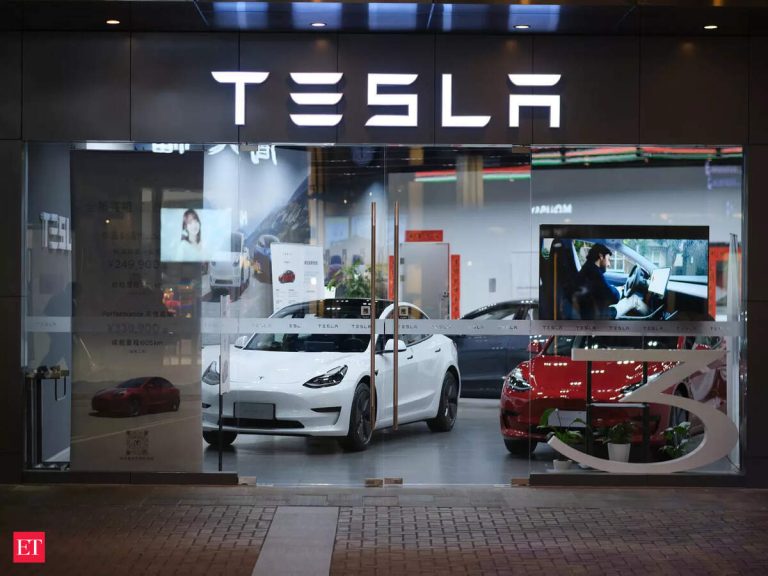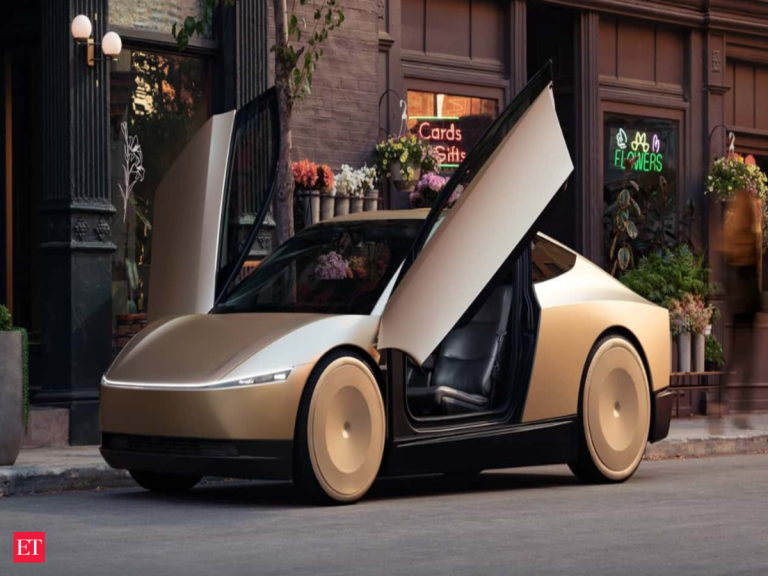Urban Green Spaces: The Future of Outdoor Living in European Cities by 2025
Urban Green Spaces are becoming increasingly important in European cities, and for good reason. As the world becomes more urbanized, the need for green spaces has never been more pressing. By 2025, European cities are expected to have transformed their outdoor living spaces, incorporating more green infrastructure and sustainability. In this article, we will explore the future of urban green spaces in European cities and how they will shape the way we live, work, and interact with our environment.
What are Urban Green Spaces?
Urban green spaces refer to areas in cities that are dedicated to nature, such as parks, gardens, green roofs, and green walls. These spaces provide a range of benefits, including improved air quality, reduced noise pollution, and increased biodiversity. They also offer opportunities for recreation, socialization, and relaxation, making them essential for both physical and mental well-being.
The Benefits of Urban Green Spaces
The benefits of urban green spaces are numerous and well-documented. Some of the most significant advantages include:
- Improved air quality: Urban green spaces can help to reduce air pollution by absorbing pollutants and producing oxygen.
- Reduced noise pollution: Green spaces can act as a buffer, reducing noise levels and creating a more peaceful environment.
- Increased biodiversity: Urban green spaces can provide habitats for a range of plants and animals, helping to preserve biodiversity in urban areas.
- Improved mental health: Spending time in nature has been shown to have a positive impact on mental health, reducing stress and anxiety.
- Increased social connections: Urban green spaces can provide opportunities for socialization, helping to build stronger, more connected communities.
The Future of Urban Green Spaces in European Cities
By 2025, European cities are expected to have made significant strides in incorporating green infrastructure into their urban planning. Some of the ways in which this will be achieved include:
- Green roofs and walls: Many buildings will feature green roofs and walls, providing insulation, reducing energy consumption, and creating habitats for wildlife.
- Urban parks and gardens: Cities will invest in creating more urban parks and gardens, providing spaces for recreation, socialization, and relaxation.
- Green corridors: Cities will create green corridors, connecting parks and green spaces, and providing habitats for wildlife.
- Sustainable transportation: Cities will prioritize sustainable transportation, such as cycling and walking, reducing the need for cars and promoting a healthier, more environmentally-friendly lifestyle.
Case Studies: Successful Urban Green Space Initiatives
There are many examples of successful urban green space initiatives in European cities. Some notable examples include:
- London’s Green Spaces: London has made significant investments in its green spaces, creating new parks, gardens, and green roofs.
- Paris’s Green Corridors: Paris has created a network of green corridors, connecting parks and green spaces, and providing habitats for wildlife.
- Amsterdam’s Green Roofs: Amsterdam has implemented a green roof initiative, requiring all new buildings to feature green roofs, providing insulation, reducing energy consumption, and creating habitats for wildlife.






